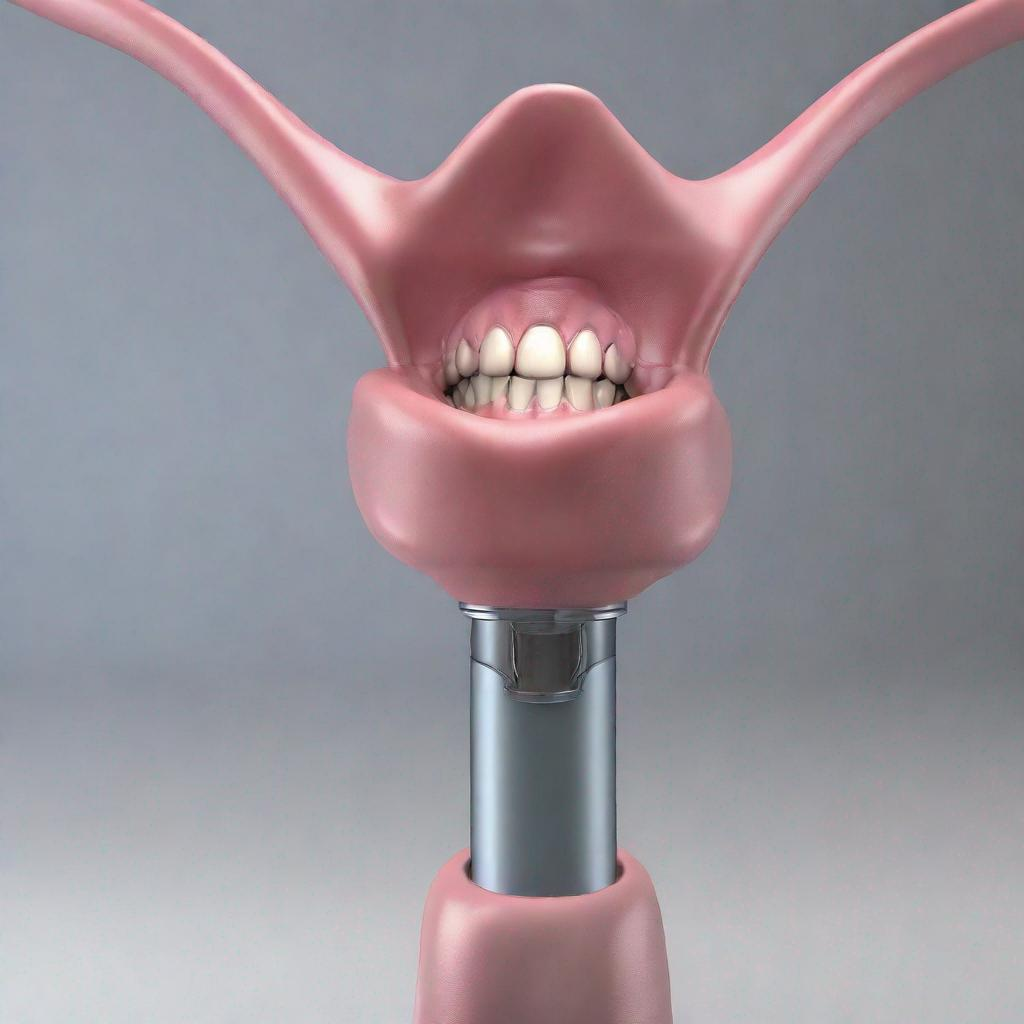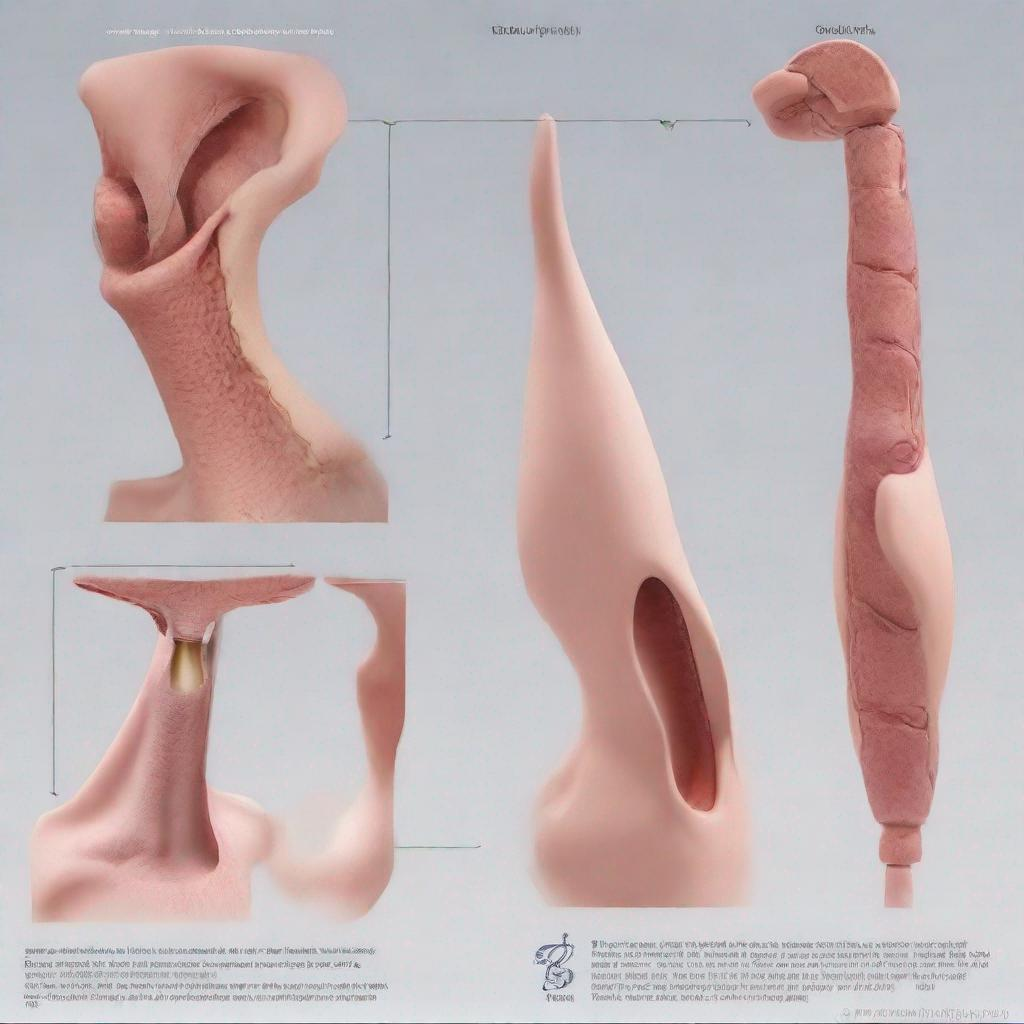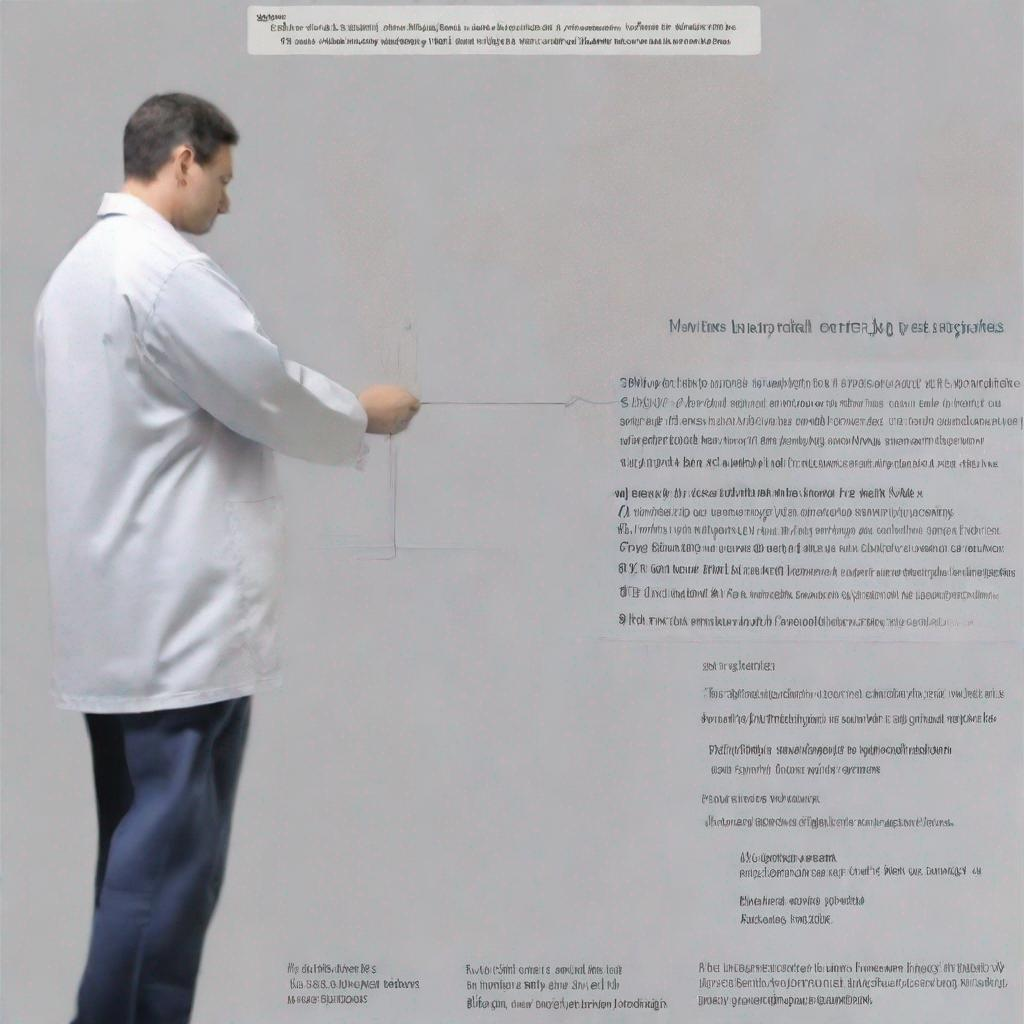## Chloride Test: A Comprehensive Guide for Patients
**Introduction**
The Chloride test measures the levels of chloride in your blood or urine. Chloride is an essential electrolyte that plays a vital role in many bodily functions, including fluid balance, electrolyte balance, and nerve and muscle function. Abnormal chloride levels can indicate underlying health conditions, making this test an important tool for medical diagnostics.
### Test Overview
The Chloride test measures the concentration of chloride ions in your blood or urine. Chloride is an electrolyte, which means it carries an electrical charge. Electrolytes are essential for many bodily functions, including:
– Maintaining fluid balance
– Regulating blood pressure
– Transmitting nerve impulses
– Contracting muscles
### Conditions and Diseases Detected
The Chloride test can help diagnose and monitor a range of conditions and diseases, including:
– **Dehydration:** Chloride levels can drop when you become dehydrated, as fluid loss also results in electrolyte loss.
– **Hypochloremia:** This condition occurs when chloride levels in the blood are abnormally low. It can be caused by excessive sweating, vomiting, or diarrhea.
– **Hyperchloremia:** This condition occurs when chloride levels in the blood are abnormally high. It can be caused by kidney disease, respiratory problems, or certain medications.
### Preparation Guidelines
Most Chloride tests require no special preparation. However, if you are having your chloride levels checked as part of a more comprehensive metabolic panel, you may be asked to fast for 12 hours before the test.
### Procedure
The Chloride test is a simple and painless procedure. A blood sample is typically drawn from a vein in your arm. Alternatively, a urine sample may be collected. The sample is then sent to a laboratory for analysis.
### Duration and Waiting Time
The Chloride test usually takes a few hours to complete. The time it takes to receive your results will vary depending on the laboratory.
### Additional Tests
In some cases, your doctor may order additional tests along with the Chloride test to get a more comprehensive picture of your health. These tests may include:
– Electrolyte panel: This test measures the levels of various electrolytes in your blood, including sodium, potassium, bicarbonate, and chloride.
– Metabolic panel: This test measures the levels of several substances in your blood, including glucose, urea nitrogen, creatinine, and electrolytes.
– Urinalysis: This test analyzes your urine to check for abnormalities in its composition, including the presence of glucose, protein, and white blood cells.
### Conclusion
The Chloride test is a valuable tool for diagnosing and monitoring a range of conditions and diseases that affect your fluid and electrolyte balance. By measuring the levels of chloride in your blood or urine, your doctor can assess your overall health and make informed decisions about your treatment plan. If you have any concerns about electrolyte imbalances, discuss the Chloride test with your healthcare provider to determine if it is right for you.




